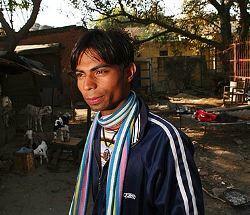Far from “Slumdog Millionaire,” for real street children, survival comes more from street smarts than luck.
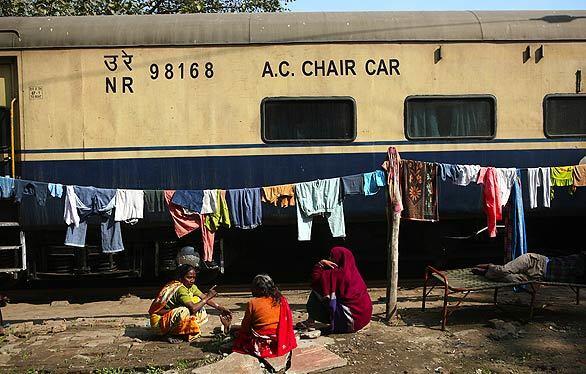
Women wash clothes on a platform at the New Delhi Railway Station, where hundreds of families live. At any given time, there are an estimated 300,000 children on the streets of Delhi living with their families, and 50,000 on their own. (Daniel Pepper / For the Times)
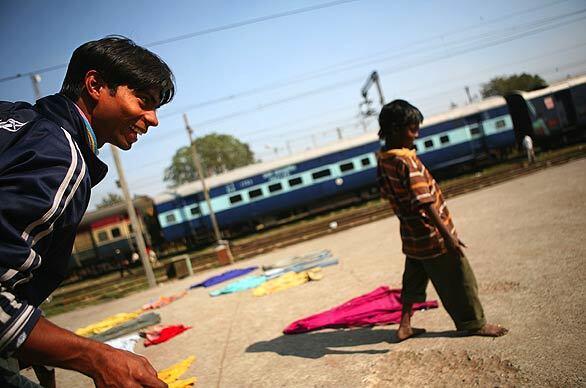
Shekhar Sahni works as a counselor with the Salaam Baalak Trust, founded by director Mira Nair from the proceeds of her film “Salaam Bombay.” The charity, which tries to provide food, shelter and counseling helped Sahni in his teens. (Daniel Pepper / For the Times)
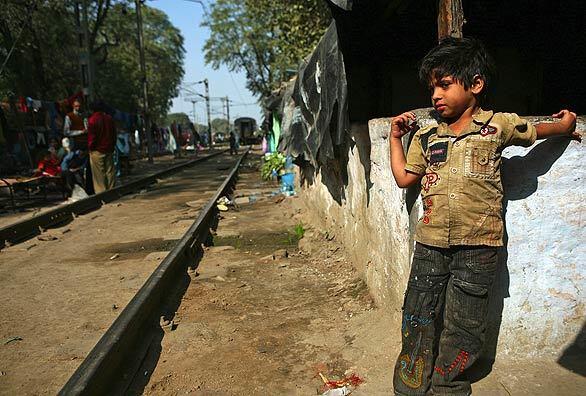
Many of the children, whether they are on their own or with their families, survive by scavenging as “rag-pickers,” or begging and are vulnerable to physical and sexual abuse by criminal gangs and at city shelters that house adults and children together. (Daniel Pepper / For the Times)
Advertisement
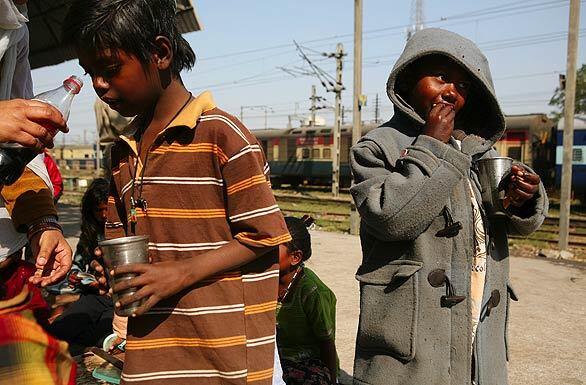
Children get some food at a platform at the New Delhi Railway Station. Shekhar Sahni said he liked the movie “Slumdog Millionaire,” but wasn’t impressed by the way it depicted street life, except for the on-the-street-training the kids are shown to pick up. “The streets make you smart, Sahni said. You grow up fast. (Daniel Pepper / For the Times)
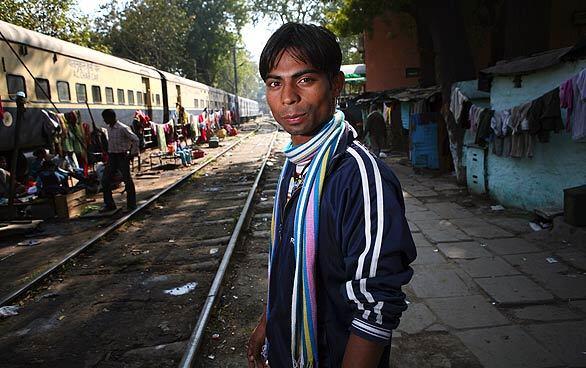
Shekhar Sahni plans to eventually move to Mumbai and try his luck breaking into the film industry there. He recently started studying French and Spanish in hope of becoming a professional tour guide, if acting doesn’t pan out. (Daniel Pepper / For the Times)
